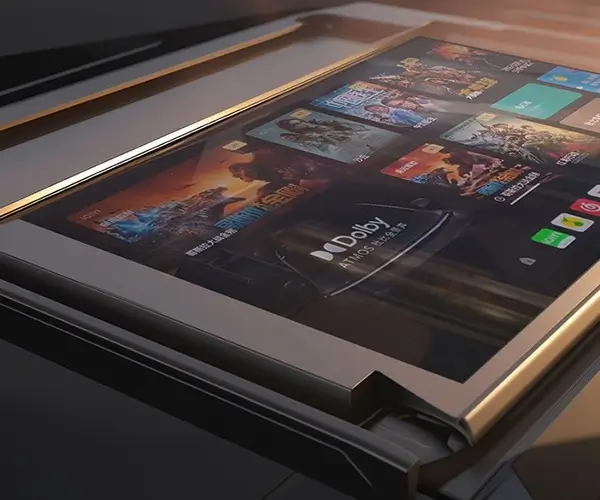Ever tried to breathe life into a project with a servo motor but felt tangled up in wires and confusing instructions? You’re not alone. Connecting a servo motor to an Arduino Uno might look simple on paper, but once you get under the hood, it’s a whole new world of tiny details and small triumphs. Let’s walk through it in a way that actually makes sense, like having a chat over coffee about smashing those tech hurdles.

Picture this: you’ve got your servo motor sitting in front of you, shiny and ready to move. The first thing, of course, is to strip a bit of insulation off those connecting wires. Usually, servo motors come with three wires: power, ground, and signal. Simple, right? But knowing which is which is key. The red is typically power (VCC), black or brown is ground (GND), and yellow, white, or orange? That’s your signal—telling the servo when to move and how much.
Now, onto the Arduino part. Plug the power wire into the 5V pin of the Uno. That’s the voltage that keeps your servo humming smoothly. Connect the ground wire to one of the GND pins — that’s your common ground to avoid any weird voltage differences. The tricky part for many is the signal wire: connect that to any available digital pin, but let’s say pin 9 for the sake of keeping it simple.
Here’s where curiosity kicks in. You might wonder, "Can I use other pins for the signal?" Absolutely, but you’ll need to adjust your code accordingly. For example, if you decide on pin 6, just change the configuration in your code. Remember, the signal pin is what controls the servo's rotation. Without it, you’re flying blind.
Okay, but how about powering the whole setup? Trying to run your servo directly from the Arduino’s 5V? Sometimes that’s enough, especially for small servos, but if you’re looking to crank up the power or run multiple servos, a separate power supply can prevent the Arduino from resetting mid-movement. That little trick makes your project more reliable and professional-looking.
Now, onto the code. You’ll want to include the Servo library—just a line of code that makes controlling a servo as easy as telling your dog what treat to fetch. Load the library, create a servo object, attach that object to your chosen pin, and then command it to move to specific angles. It’s like giving your servo a gentle nudge in the right direction, whether that’s 0 degrees or a full 180.
Want a quick example? Think about a simple setup where your servo swings between two points when you press a button. The code reads your button press, then asks the servo to turn to a certain angle. The fun part is watching the servo react instantly—that satisfying click of mechanical precision.
People often ask, “Can I control multiple servos on one Arduino?” Oh, yes. Just make sure each servo gets its own pin, and your code keeps track of where each one is supposed to be. But beware of power—each added servo can draw a lot, so a dedicated power source makes your setup smoother.
What makes this connection so rewarding? It’s the clarity that comes once you see the servo respond exactly as you want—like teaching a pet a new trick. Connecting a servo motor to Arduino Uno isn’t just wiring and coding; it’s creating a little mechanical symphony where each piece works in harmony.
If you’re still waiting for that “aha!” moment, trust me, it’s closer than you think. Just get your wires right, upload a simple script, and voilà—your servo dances to your command. Want to dig deeper? There are tons of resources, tutorials, and forums to dive into, but the core trick is mastering those connections. Break it down, test piece by piece, and soon, you’ll be controlling those motors like a pro—without even breaking a sweat.
Established in 2005, Kpower has been dedicated to a professional compact motion unit manufacturer, headquartered in Dongguan, Guangdong Province, China. Leveraging innovations in modular drive technology, Kpower integrates high-performance motors, precision reducers, and multi-protocol control systems to provide efficient and customized smart drive system solutions. Kpower has delivered professional drive system solutions to over 500 enterprise clients globally with products covering various fields such as Smart Home Systems, Automatic Electronics, Robotics, Precision Agriculture, Drones, and Industrial Automation.




































